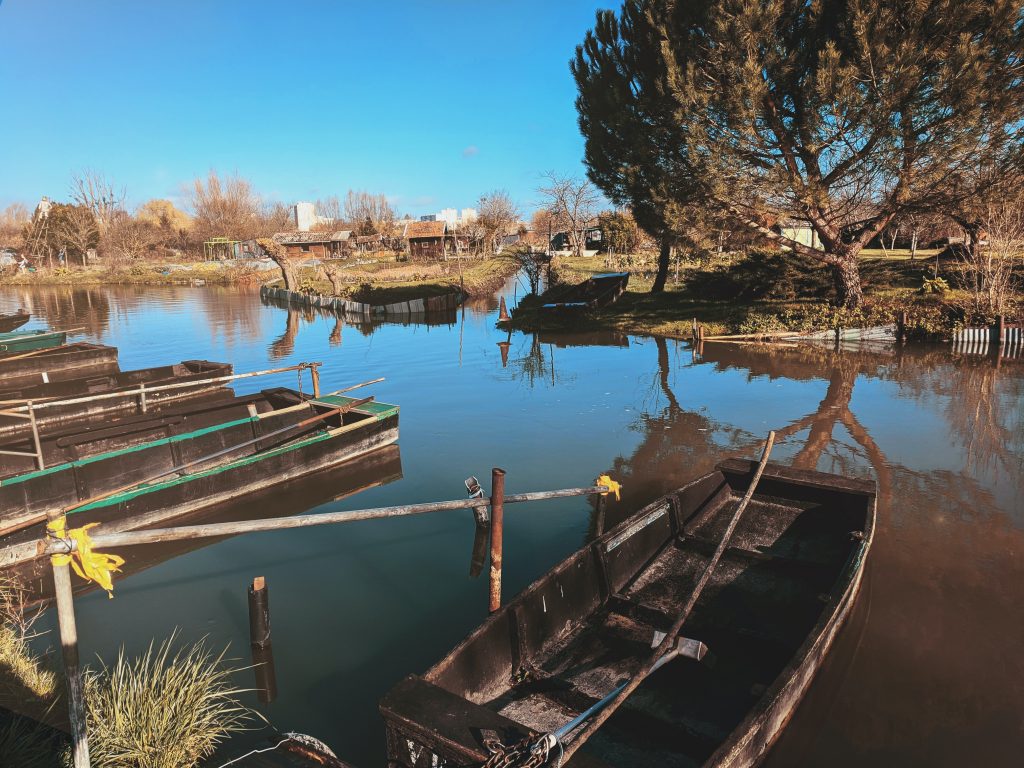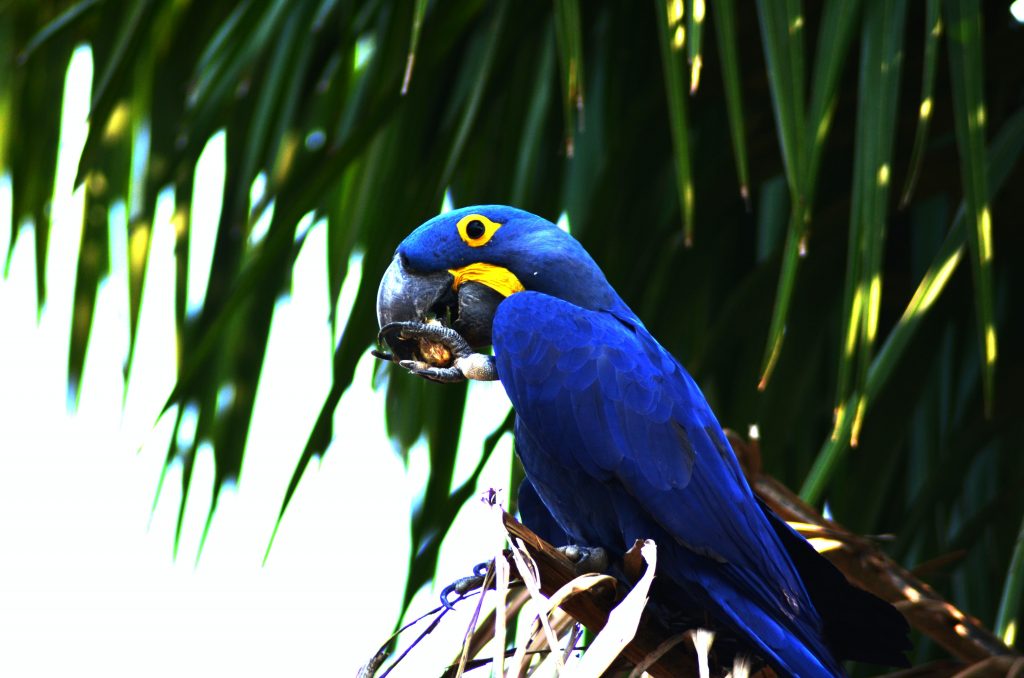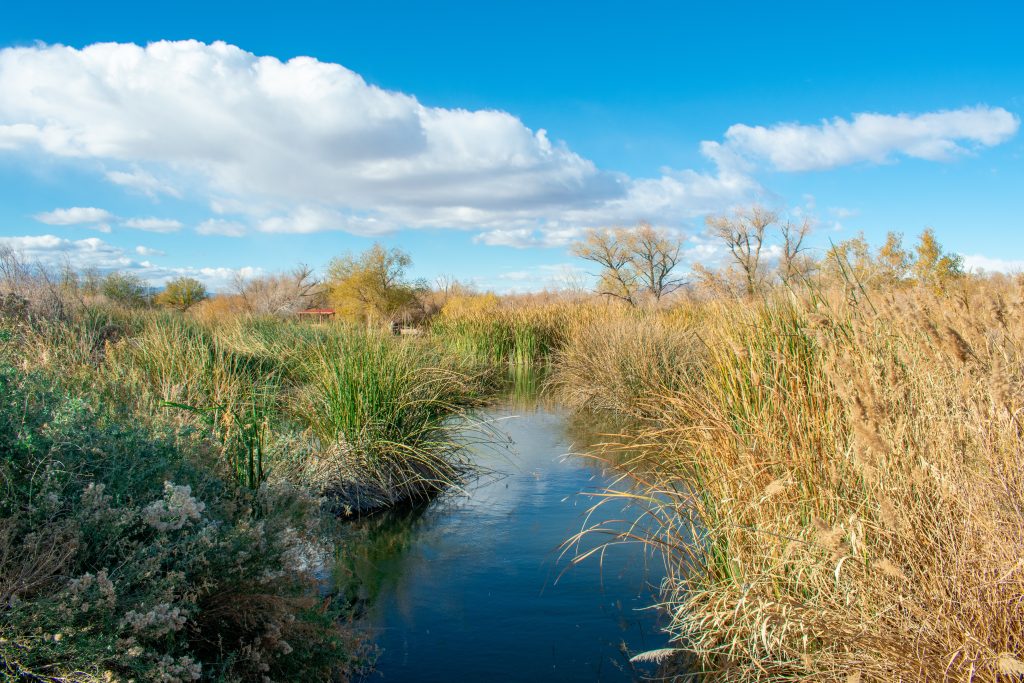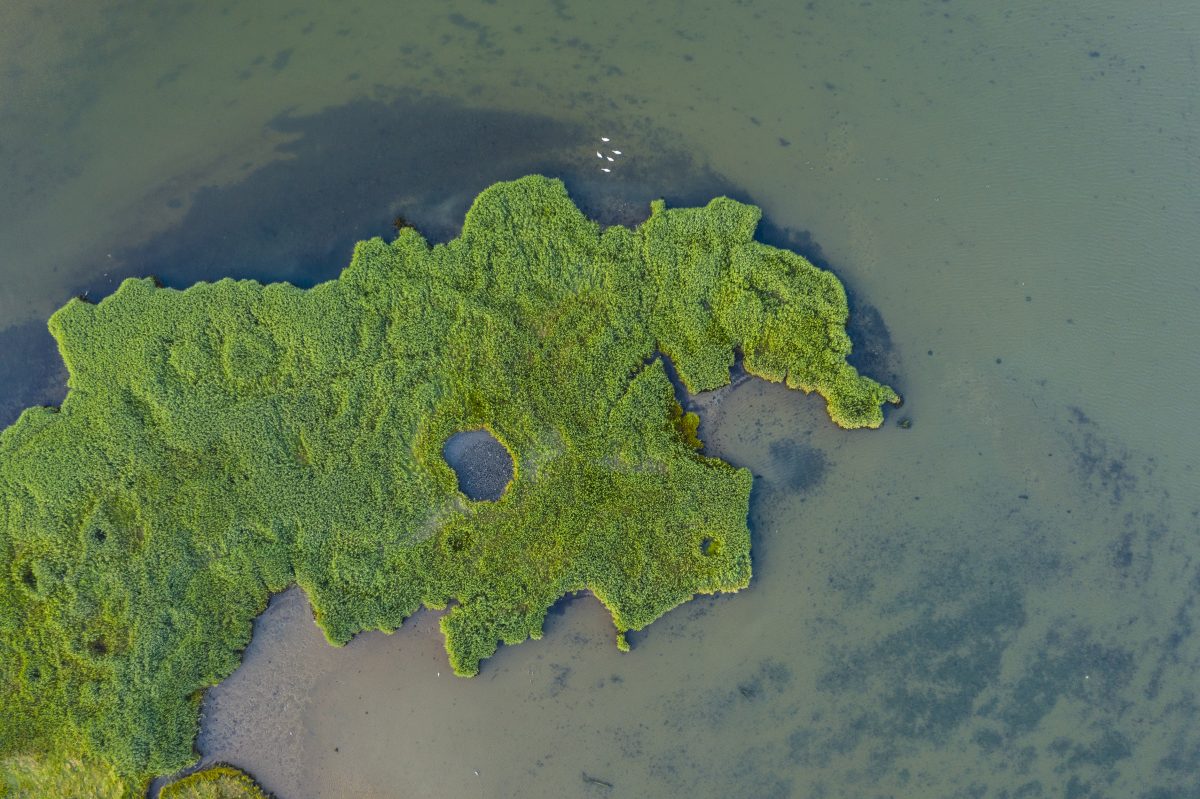Today is World Wetlands Day! Let’s take a moment to appreciate these hotspots of biodiversity that are so critical to our ocean and inland habitats, coastal communities and overall planetary health.
What are Wetlands?
Wetlands are areas that are seasonally or permanently covered by shallow water. These flooded areas are rich with life and home to both terrestrial and aquatic animals, as well as specially adapted plants, called hydrophytes, that are accustomed to the saturated soil. Wetland soil itself is also special. Known as hydric soil, this soil holds large amounts of water that results in anaerobic conditions and slows the decay of plant material, resulting in thick layers of organic plant material known as muck or peat.
Wetlands can contain salty or fresh water and are found in both coastal and inland environments. Ponds, river deltas, floodplains, marshes and intertidal zones are all examples of wetland environments. Water sources themselves can be underground, rainwater, tide water or flooding.

The Benefits of Coastal Wetlands
Coastal wetlands, which include all wetlands in coastal watersheds, offer important benefits to our coastal communities and our planet. Acting as a filtration system for land runoff, wetlands trap hazardous pollutants like pesticides and nutrient dumps before they make it to our bays, beaches, rivers and ocean where they can wreak havoc on wildlife and water quality. These are not the only filtration benefits provided. Wetlands play an important role in addressing climate change by sequestering carbon from the atmosphere and storing it in the hydrophytes and the hydric soil.
Coastal wetlands are a natural barrier against storm surges and act as a natural sponge, soaking up extra flood water and preventing damage to coastal infrastructure and communities. Coastal communities also benefit from wetlands in other ways; more than a third of adults in the U.S. flock to wetland ecosystems to hunt, fish, birdwatch or photograph wildlife.
Biological Super Systems
Wetlands have been referred to as “biological super systems” due to the abundance of food they can produce for wildlife, and in turn, the biodiversity they can support, putting these ecosystems on par with rainforests and coral reefs. The combination of the shallow water systems, peat and organic plant buildup and other nutrients make them an ideal feeding ground for all kinds of life including birds, fish, amphibians, shellfish, and insects.
The Pantanal is the world’s largest tropical wetland system and a prime example of a biological super system. Spanning 42 million acres across Brazil, Bolivia and Paraguay, this region is one of the most biodiverse areas on the planet and home to 1000 bird species, 400 fish species, 300 mammalian species, 480 reptile species and over 9,000 subspecies of invertebrates.

The Importance of Wetlands for Our Seafood Systems
Seafood lovers should also take note of the importance of wetland ecosystems. These biological super systems act as feeding and spawning grounds for many of our favorite species including salmon, striped bass, lobster, shrimp, oysters and crabs. In fact, wetlands are also essential for healthy estuaries which generate roughly half of the commercially produced seafood in the United States. Some estimates state that the fish and shellfish that depend on wetlands for food or habitat comprise over 75% of the commercial and 90% of the recreational harvest.
The Need for Preservation
Unfortunately, despite their tremendous value to both community and planetary health, wetlands have been slowly drained and eradicated. It is estimated that one half of wetland ecosystems have already disappeared. Various organizations, such as World Wildlife Fund (WWF) and the International Union for Conservation of Nature (IUCN), have agreed upon an international treaty on the preservation and sustainable use of wetlands. This pact, known as the Ramsar Convention, is the only international treaty dedicated to a single ecosystem type and has been protecting wetlands for over 40 years.
However, more must be done to protect these important ecosystems, which are still losing valuable real estate. According to a 2009 study, coastal watersheds of the continental U.S. lose 80,000 acres of coastal wetlands each year to different development projects, drainage, erosion, sea-level rise and other factors. For better context, that’s an amount approximately equal to seven football fields every hour.

What Can We Do to Preserve Our Wetlands?
NOAA Fisheries provides a list of important decisions that we can implement into daily life to preserve our wetland ecosystems. These include things like getting involved in community cleanup efforts, reducing, reusing and recycling waste, installing rain barrels, remaining cognizant of garden fertilizer usage and choosing to plant native species at our homes. Let’s do what we can to preserve and protect these important ecosystems.
